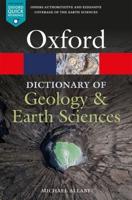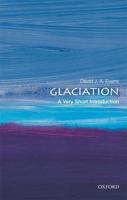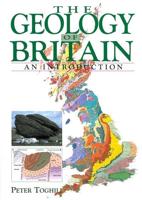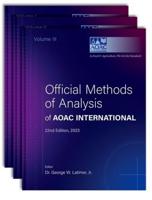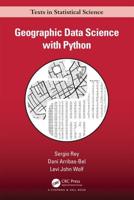Publisher's Synopsis
Mountains have been a source of fascination, awe, and inspiration throughout history and as the human population continues to grow, mountains are becoming increasingly used and abused for resources and recreation. Mountains are extremely sensitive to population pressures and environmental change, and will become increasingly vulnerable with future human–induced changes and human encroachment. It is essential, therefore, to understand both the natural and human–induced processes that operate in mountain regions. Furthermore, in recent years there have been important paradigms shifts in the theories of landscape evolution in mountain regions; specifically how climate change, earth surfaces processes, and tectonics operate and interact to drive landscape evolution in mountains. In addition, significant debate exists over the relative importance these realms and how they interact in the shaping of mountain landscapes. Of particular importance is the role glaciers play in shaping the geomorphic evolution of orogenic belts, both spatially and temporally. It is also unclear how denudation rates vary over time. The proposed volume would consider these issues by presenting current knowledge of how climatic, earth surface processes, and tectonic processes contribute to the evolution of landforms, with an emphasis on how their interactions shape mountain landscapes. The text will focus on the current debate over the relationships among mountain glaciation, climate, tectonics, denudation, and landscape evolution. In particular, the text would stress the applied aspects of geomorphic analysis in mountainous regions, focusing specifically natural hazard and human–induced changes in mountains. The text would also highlight some of the new exciting developments in extraterrestrial mountain geomorphology.


